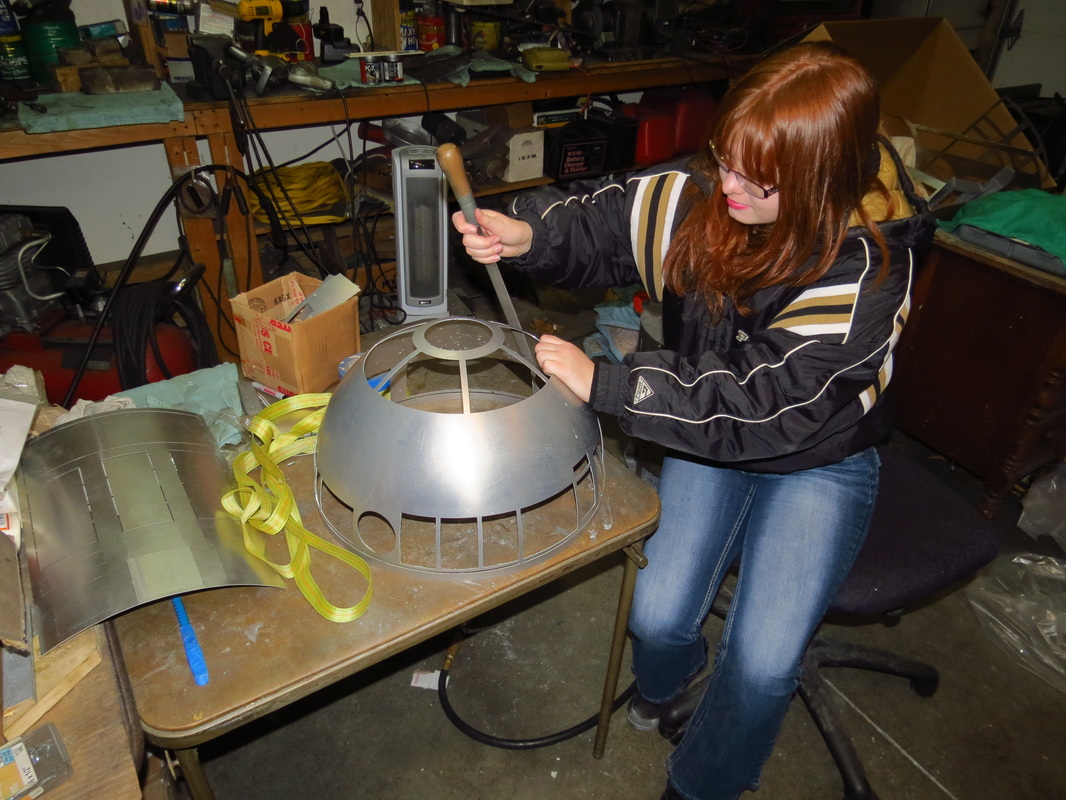Then the edges and tabs need to be sanded down. One of the tools I used for this (and for the first time ever) was a hand-held belt sander. The belt sander removes the tabs in seconds, but it can easily cut into the skins and make a visible dent in them, so I had to be very careful not to go too far. Once the pieces had been cut out of the dome, it required a special curved file to remove the burrs so the outside part of the dome would fit the inside part, while still ensuring that the dome was not not damaged in the process.
The next step is to glue the skins on.

 RSS Feed
RSS Feed